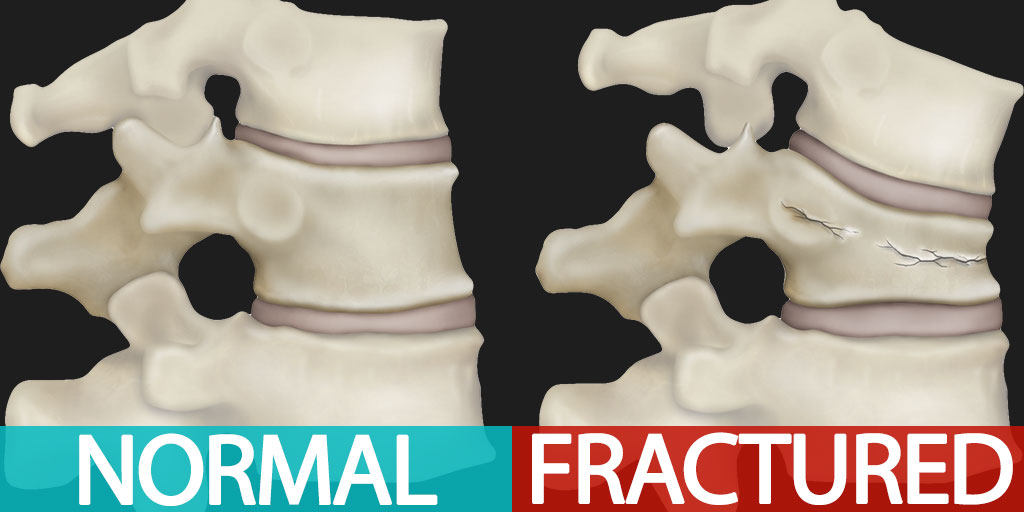Risk Factors for Osteoporotic Fractures
Education is Prevention
(Reprinted from NOF. Clinician’s Guide to Prevention and Treatment of Osteoporosis. Arlington, VA: National Osteoporosis Foundation; 2019.)
LIFESTYLE FACTORS
- Alcohol abuse
- Excessive thinness
- Excess vitamin A
- Frequent falling
- High salt intake
- Immobilization
- Inadequate physical activity
- Low calcium intake
- Smoking (active or passive)
- Vitamin D insufficiency
MEDICATIONS
- Aluminum-containing antacids
- Androgen deprivation therapy
- Anticoagulants (heparin)
- Anticonvulsants
- Aromatase inhibitors
- Barbiturates
- Cancer chemotherapeutic drugs
- Depo-medroxyprogesterone (premenopausal contraception)
- Glucocorticoids (≥ 5 mg/d prednisone or equivalent for ≥ 3 months)
- GnRH (Gonadotropin releasing hormone) agonists
- Lithium Cyclosporine A and tacrolimus
- Methotrexate
- Parental nutrition
- Proton pump inhibitors
- Selective serotonin reuptake inhibitors
- Tamoxifen® (premenopausal use)
- Thyroid replacement hormone (in excess)
- Thiazolidinediones (such as Actos® and Avandia®)
GENETIC DISEASES
- Cystic fibrosis Ehlers-Danlos
- Gaucher’s disease
- Hemochromatosis
- Hypophosphatasia
- Hypophosphatemia
- Marfan syndrome
- Menkes steely hair syndrome
- Osteogenesis imperfecta
- Parental history of hip fracture
- Porphyria
HYPOGONADAL STATES
- Anorexia nervosa
- Androgen insensitivity
- Athletic amenorrhea
- Hyperprolactinemia
- Hypogonadism
- Panhypopituitarism
- Premature menopause (<40 yrs)
- Turner’s & Klinefelter’s syndromes
ENDOCRINE DISORDERS
- Central obesity
- Cushing’s syndrome
- Diabetes mellitus (Types 1 & 2)
- Hyperparathyroidism
- Thyrotoxicosis
GASTROINTESTINAL DISORDERS
- Celiac disease
- Bariatric surgery
- Gastric bypass
- Gastrointestinal surgery
- Inflammatory bowel disease
- Malabsorption syndromes
- Pancreatic disease
- Primary biliary cirrhosis
HEMATOLOGIC DISORDERS
- Hemophilia
- Leukemia and lymphomas
- Monoclonal gammopathies
- Multiple myeloma
- Sickle cell disease
- Systemic mastocytosis
- Thalassemia
RHEUMATOLOGIC AND AUTOIMMUNE DISEASES
- Ankylosing spondylitis
- Other rheumatic and autoimmune diseases
- Rheumatoid arthritis
- Systemic lupus
NEUROLOGICAL AND MUSCULOSKELETAL RISK FACTORS
- Epilepsy
- Muscular dystrophy
- Multiple sclerosis
- Parkinson’s disease
- Spinal cord injury
- Stroke
MISCELLANEOUS CONDITIONS AND DISEASES
- HIV/AIDS
- Amyloidosis
- Chronic metabolic acidosis
- Chronic obstructive lung disease
- Congestive heart failure
- Depression
- End stage renal disease
- Hypercalciuria Idiopathic scoliosis
- Post-transplant bone disease
- Sarcoidosis
- Weight loss

Diagnosis & Treatment for Vertebral Compression Fractures
As bone health specialists, we help you understand factors that increase your risk for fractures. Many fractures go undiagnosed, and we are seeing compression fractures in younger and younger patients. Learn more about our approach to some of the more common treatment options.
Osteoporosis Treatment • Vertebral Compression Fracture (VCF) Treatment • Spinal Stenosis Treatment • BHRT Therapy • Back Pain Relief
Request a consultation » Call today! (918) 260-9322
Office Location
Dr. James Webb & Associates, 6550 E 71st St #200, Tulsa, OK 74133
